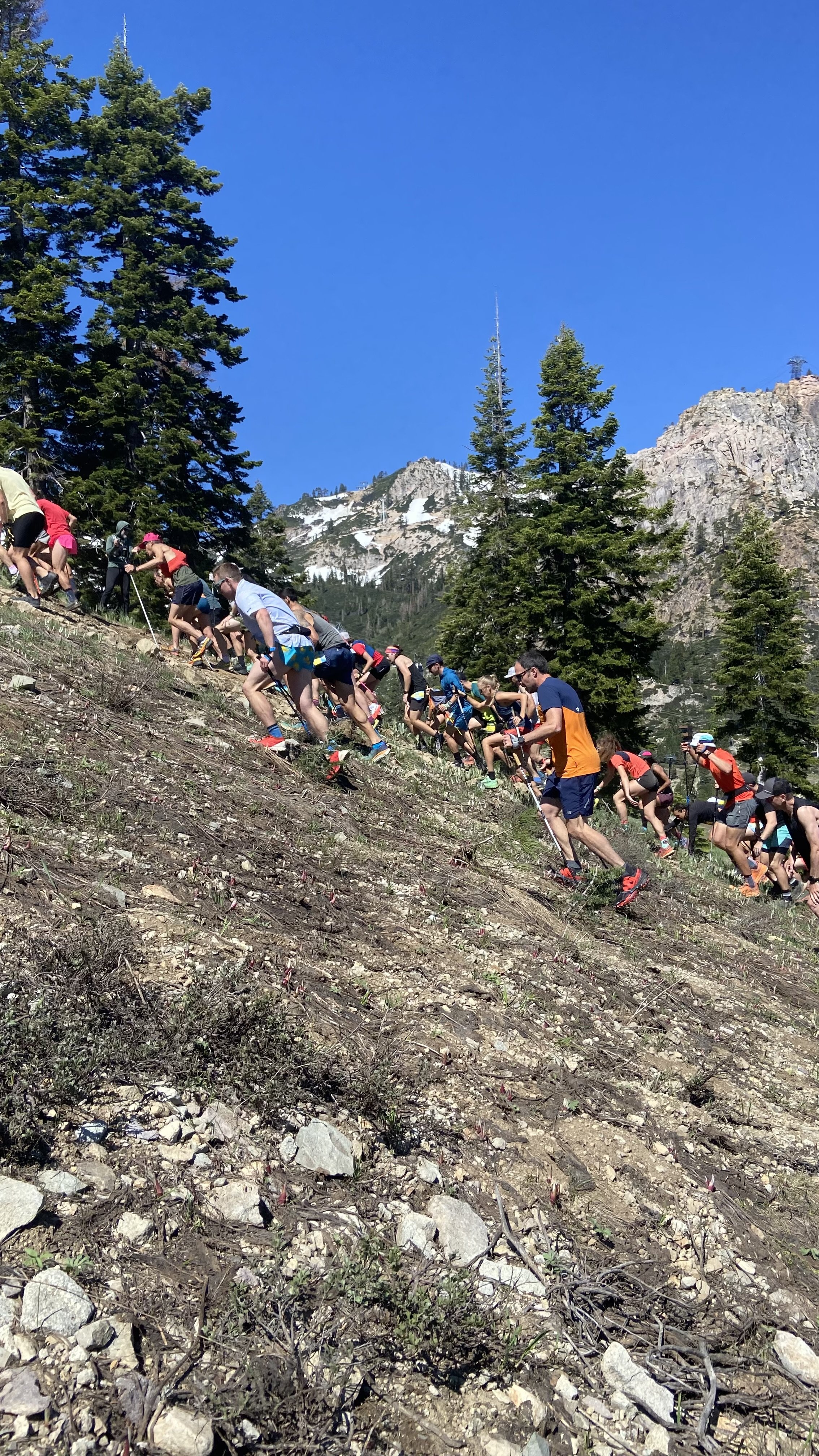Planning Your Race Schedule: 3 Tips
One of the big ways that training is structured is around our key events and races. Identifying the timeframe that we want to “peak” during is a way to identify our end goal and then we can work backwards from there to plan out training. While planning multiple races a year or season, we need to take a few things into account.
1. Identify Your “A” Race(s). Often, coaches will use the terms “A” and “B” races to prioritize and rank the races. “A” Races are the ones that we want to be fully peaked for (more on peaking in a column to come!) and ensure that we have a good taper going into. “B” races are usually races that will help us prepare for our “A” races. They might be the same distance, but we carry slightly more training load going into them. Or they might be shorter distance races that can use a small taper (2-3 days) but won’t disrupt our training much. Then there may some other races scattered in that are purely training races. We still go hard but they are not a priority and they will basically serve as an intensity workout for the week. These tend to be shorter races that can fit into our regular training cycle.
2. Schedule Some Warm Up Races. Racing is hard. If it’s been a while since we’ve raced, or done intensity, racing doesn’t feel great either. Not that it needs to feel great, but it’s good to identify things that we can work on for our “A” race and also give ourselves time to work on them. Depending on the distance we’re training for, this can also impact how we use warm up races. For a marathon, getting a half-marathon in during the prior training cycle can be a really helpful check-in. Are you planning a 50 km? Get in a 25-kilometer race in a training cycle or two beforehand. If you’re doing a 100-miler, getting in a 50-miler a few months before can be a great check-in point. We have to identify what the priority distance and terrain is so that we can plan in a race that gives us some practice. That said, for longer distances we cannot and should not race them too frequently, so we may do half the distance but in similar (or more challenging) terrain.
3. Give Yourself Enough Rest. Racing is hard, but it can also be fun. Running events are an opportunity to be surrounded with similar-minded people. The best events are a celebration of the sport and the community. The energy is infectious, and that’s fantastic. We can’t, however, be racing all the time. We need to train and prepare so that racing remains fun. By building deliberate training blocks into the year, we ensure that we also have time to continually build our fitness through the year. When we feel good, or excited, we may want to sign up for a race every single weekend. But that will take its toll pretty quickly. We’ll start to lose endurance because we won’t have the energy to put in enough aerobic base training. We’ll actually lose speed because we won’t be able to get the workouts in that build that capacity. We don’t need to explicitly rest between our races, but we need enough time to get some quality training cycles in (A training cycle is usually 3-4 weeks). This ensures that we can continue to improve and develop. It also helps us hit our goals or finishing, getting a PR, or qualifying for a new event.
Race planning should look at the big picture of your season and your goals. Talking through your plans with a coach or someone who has good perspective is a helpful way to ensure that you’re taking the aforementioned factors into account. If you want to go to more races to soak up the atmosphere you can always volunteer, which is a great way to experience the community and sport without pushing yourself in a race. Or just spectate and cheer on your friends and fellow runners!

